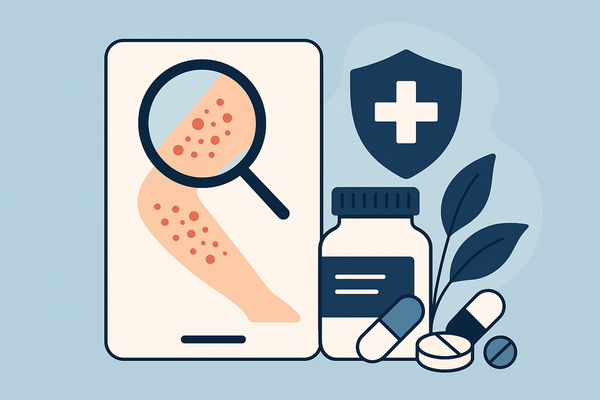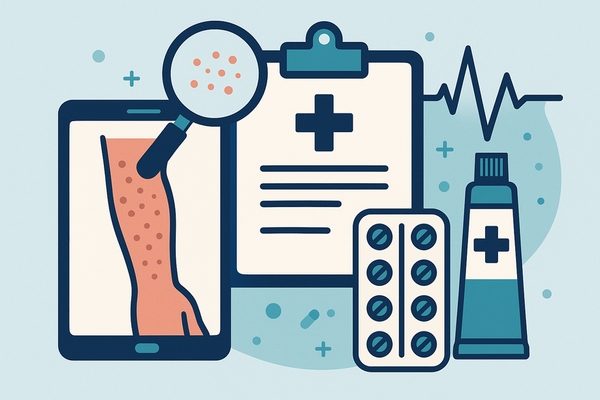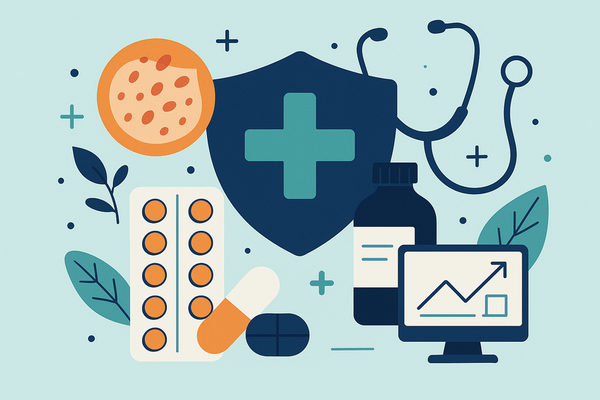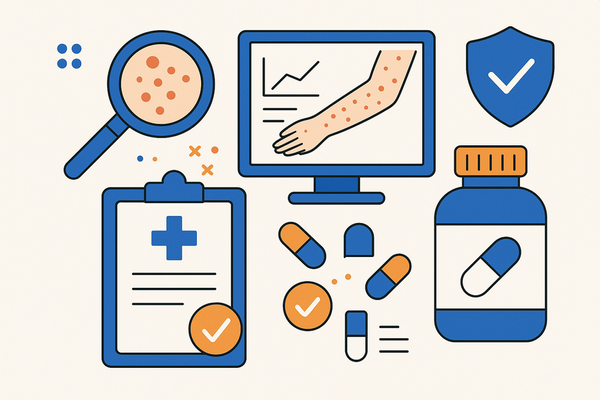Medication Rash Treatment: A Comprehensive Guide
Learn about medication rash treatment to identify and manage drug-induced rashes effectively, ensuring safety and reducing discomfort.
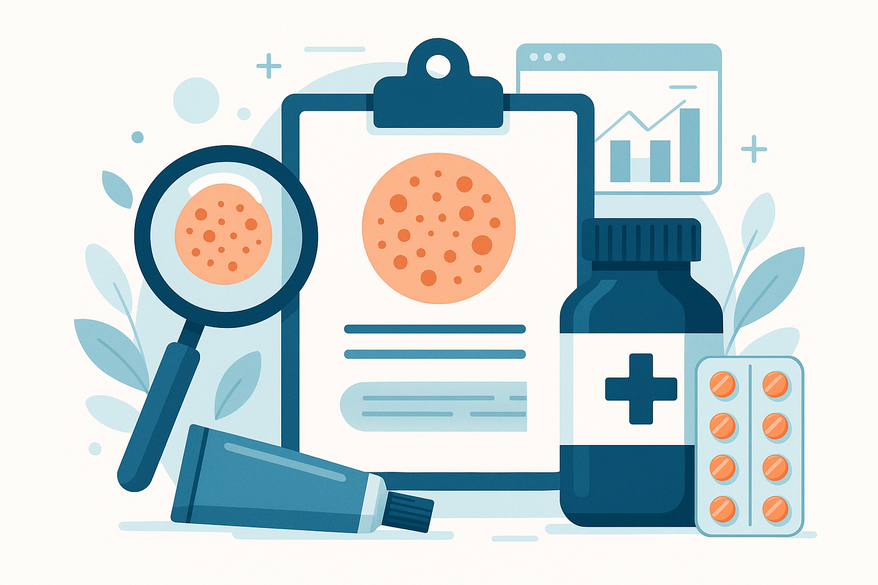
Estimated reading time: 8 minutes
Key Takeaways
- Medication-induced rashes can range from mild irritation to life-threatening eruptions; early recognition is crucial.
- Reactions include allergic, non-immune pharmacologic, and photosensitivity types.
- Seek immediate care for severe signs like anaphylaxis, widespread blistering, or organ involvement.
- Treatment involves discontinuing the culprit drug, using OTC remedies, and, if needed, prescription therapies.
- Preventive strategies include keeping accurate allergy records, clear provider communication, and patient education.
Table of Contents
- Introduction
- 1. Understanding Medication-Induced Rashes
- 2. Signs and Symptoms Requiring Treatment
- 3. When to Seek Medical Advice
- 4. Medication Rash Treatment Options
- 5. Preventative Measures and Management Strategies
- Conclusion
- Additional Tools
- Sources
Introduction
Medication rash treatment is essential for anyone experiencing skin reactions after starting a new drug. A medication-induced rash is an adverse skin reaction caused by a drug or its metabolites, ranging from mild irritation to severe, life-threatening eruptions. Prompt recognition and appropriate management prevent complications, reduce discomfort, and ensure safe continuation of needed therapies. In this guide, we will cover:
- Understanding medication-induced rashes
- Signs and symptoms to watch for
- When to seek medical advice
- Medication rash treatment options
- Preventative measures and management strategies
1. Understanding Medication-Induced Rashes
Medication-induced rashes are cutaneous eruptions directly attributable to a drug or its metabolites. They can vary in appearance, severity, and timing. Knowing the type of reaction helps target the right medication rash treatment quickly (Identifying and Managing Drug-Induced Rash Symptoms).
Reaction Types
- Allergic (immune-mediated)
– Urticaria (hives), angioedema, anaphylaxis
– May involve fever, low blood pressure, breathing difficulty - Non-immune side effects (pharmacologic)
– Mild maculopapular rash (flat red spots with small bumps)
– Often limited, self-resolving when drug is stopped - Other reactions
– Photosensitivity (sun-induced rash)
– Exacerbation of preexisting dermatoses (e.g., psoriasis flare)
Common Culprit Drugs
- Antibiotics: penicillins, sulfonamides
- Anticonvulsants: phenytoin, carbamazepine
- Nonsteroidal anti-inflammatory drugs (NSAIDs)
- Allopurinol — often linked to severe eruptions
2. Signs and Symptoms Requiring Treatment
Spotting key signs early allows for swift intervention. Rashes usually appear days to weeks after starting a new drug.
- Redness (erythema) – diffuse or patchy red areas
- Itching (pruritus) – mild to severe discomfort
- Swelling (edema) – especially around eyes or lips
- Hives (urticaria) – raised, itchy welts
- Blisters or vesicles – fluid-filled bumps
- Skin peeling or sloughing – signs of Stevens-Johnson Syndrome (SJS) or Toxic Epidermal Necrolysis (TEN)
3. When to Seek Medical Advice
Knowing when to get professional help can be lifesaving. Some drug rashes escalate quickly into emergencies.
- Fever plus rash, facial or tongue swelling, difficulty breathing (anaphylaxis)
- Widespread blistering or mucous membrane involvement (SJS/TEN)
- Signs of organ involvement – jaundice, hepatitis, lymphadenopathy
Prepare for your appointment by recording rash onset, listing all medications with dates, photographing rash progression, and noting associated symptoms.
4. Medication Rash Treatment Options
Effective medication rash treatment starts with removing the trigger and providing symptom relief. The strategy depends on severity and rash type.
4.1 Discontinue Offending Medication
- Stop the drug under medical supervision
- Switch to alternative therapy when possible
- Monitor for rash improvement over 48–72 hours
4.2 Over-the-Counter Remedies
- Oral antihistamines (diphenhydramine, cetirizine) – relieve itching
- Emollients and moisturizers – soothe dry, irritated skin
- Cool compresses and oatmeal baths – calm inflamed skin
4.3 Prescription Treatments
- Topical corticosteroids (hydrocortisone 1%–2.5%) – reduce localized inflammation
- Systemic corticosteroids (prednisone 0.5–1 mg/kg/day taper) – for widespread or severe rash
- Intramuscular epinephrine (0.3 mg adult dose) – first-line for anaphylaxis
- Hospitalization for SJS/TEN – supportive care, IV immunoglobulin or cyclosporine
For specialized approaches to allergic drug rashes, see our guide on Managing Drug Allergy Rash.
4.4 Home Remedies & Self-Care
- Avoid hot showers; use lukewarm water
- Wear loose, breathable cotton clothing
- Stay hydrated and maintain good nutrition
5. Preventative Measures and Management Strategies
- Maintain Accurate Records – update medication lists and allergy notes; wear medical alert bracelets for known drug allergies
- Provider Communication – review drug history before prescribing new medications; refer to allergy specialists for testing or desensitization
- Patient Education – read drug labels and patient leaflets; report new skin symptoms promptly
Conclusion
Early identification and management of medication-induced rashes are vital to patient safety. The cornerstone of treatment is stopping the offending agent and providing appropriate symptomatic care. Mild reactions often resolve with antihistamines and topical steroids, while severe cases like anaphylaxis or SJS/TEN require emergency interventions and hospitalization. Always consult healthcare professionals before discontinuing or changing any medications.
Additional Tools
For those monitoring medication rashes at home, AI-powered tools can speed up analysis. Try the Skin Rash App to upload images and receive instant insights.
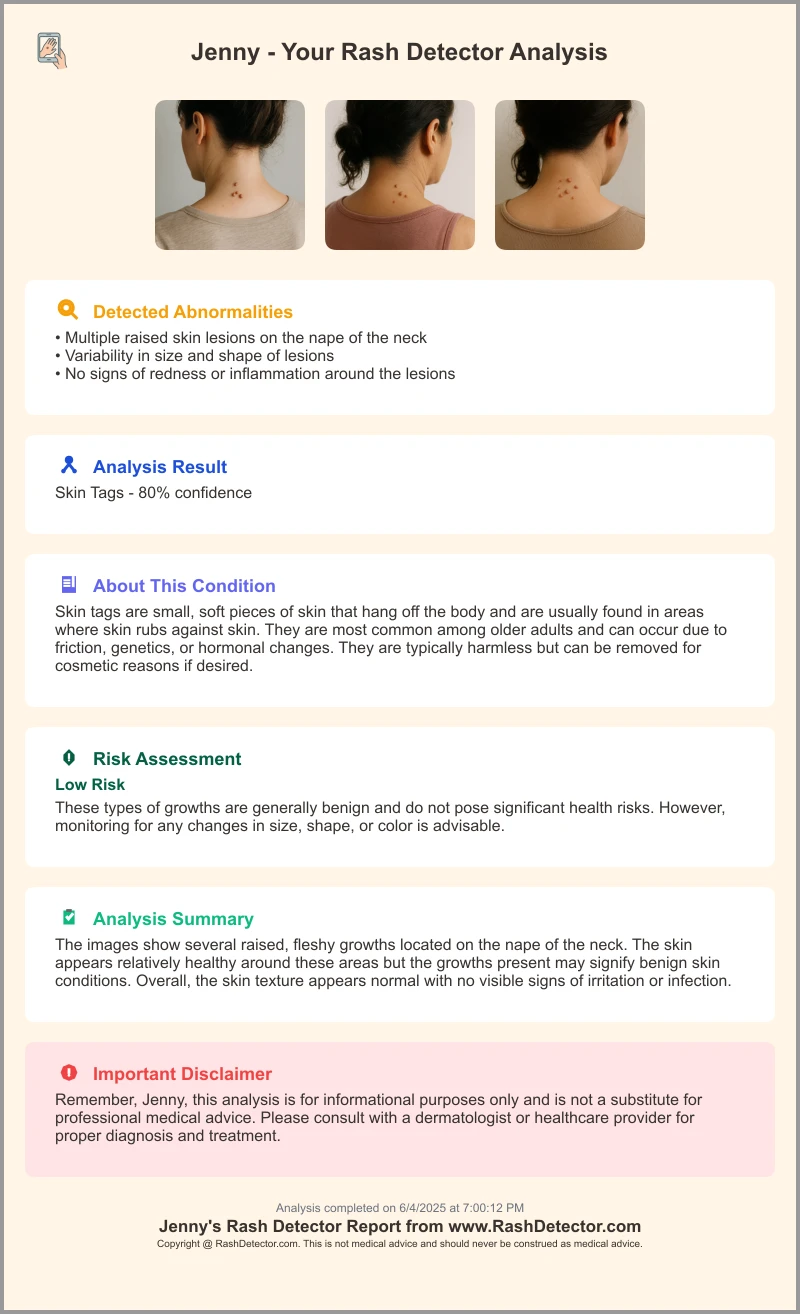
Sources
- Mayo Clinic: Drug Allergy Diagnosis & Treatment
- AAFP: Drug Eruptions
- DermNet NZ: Drug Eruptions
- CCJM: Cutaneous Drug Reactions
FAQ
What causes medication-induced rashes?
Medication-induced rashes arise when the immune system reacts to a drug (allergic) or when a medication exerts a direct pharmacologic effect on skin cells. Metabolic byproducts, drug interactions, and photosensitivity can all play roles.
When should I seek emergency care for a drug rash?
Go to the ER if you experience facial swelling, difficulty breathing, high fever, or widespread blistering. These may signal anaphylaxis or Stevens-Johnson Syndrome/TEN, which are medical emergencies.
Can I continue taking my medication if I develop a mild rash?
Do not stop treatment on your own. Contact your healthcare provider—even a mild rash can be a precursor to a more serious reaction. A professional can advise whether to pause or switch therapies.
How can I prevent drug rashes in the future?
Maintain an up-to-date allergy list, wear medical alert identification, and always review your drug history with any new prescriber. If you have a known allergy, ask about desensitization protocols or alternative medications.


